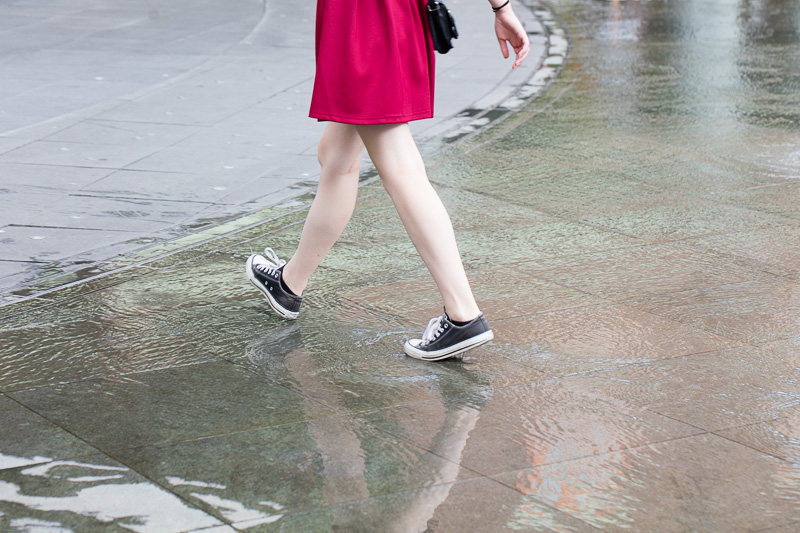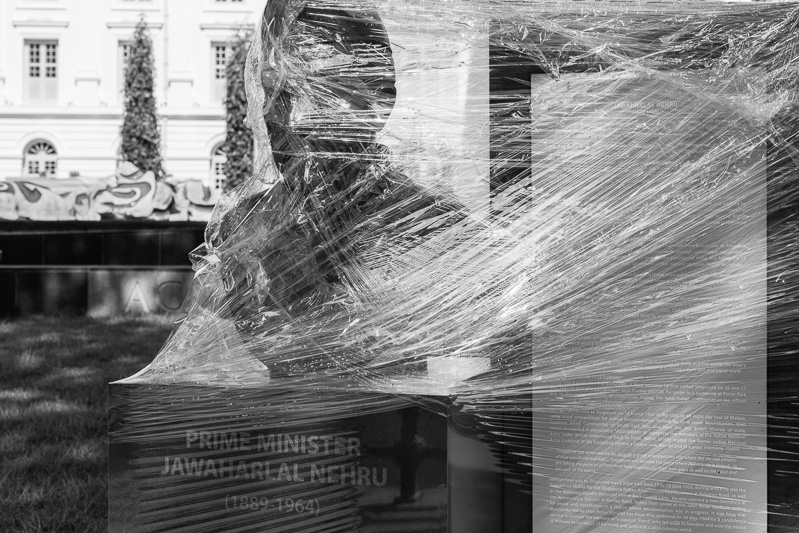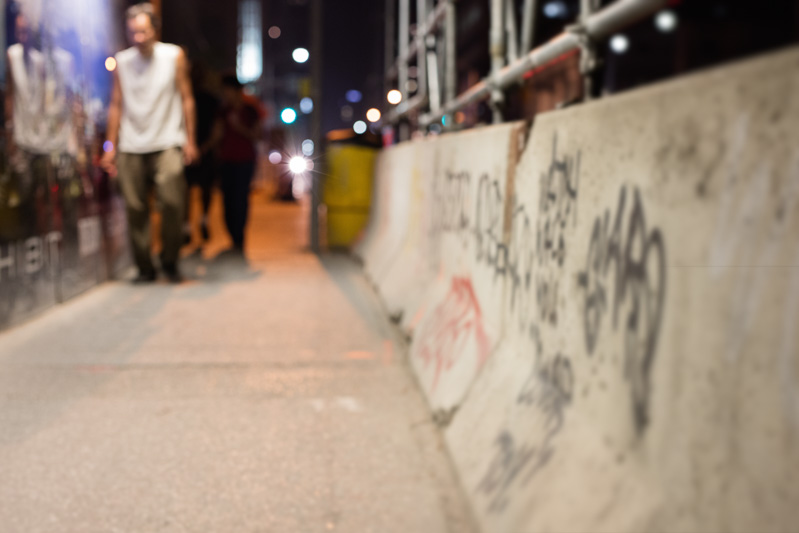Synecdoche is a classical Greek word that the English adopted to describe a specific rhetorical practice—referencing a part to mean the whole. The standard (very English) illustration is the word “crown” which refers to an ornamental headpiece but which can be used to mean the entire state. Synecdoche can also apply to other forms of expression, including photography. We often reference cities through images of memorable geographic features or buildings. We see the Eiffel Tower and we think of Paris. We see the Opera House and think of Sydney. Even in a provincial backwater like Toronto, the same thing happens. Our city has a distinctive city hall and our media often uses images of it to evoke the idea of Toronto.

At least that’s what used to happen in Toronto. And then, a year ago, we hosted the Pan-Am Games, when it seemed like a good idea to stick giant block letters in front of City Hall. The games have come and gone, but the giant block letters remain: “TORONTO”. We don’t need to rely on subtle rhetorical devices anymore. Instead, we can be painfully explicit. “You are in Toronto!” the letters scream. “God help you if you mistake us for Chicago or Melbourne.” I find it fascinating to watch tourists. When they take selfies or ask others to take their photos at City Hall, they don’t pose in front of the fountain or the Henry Moore sculpture. They pose in front of the giant “TORONTO” sign. It’s even become a hot spot for wedding photos. Nobody wants to leave anything to doubt.

I suppose there are any number of reasons for the rising popularity of the Toronto letters, but I’ll restrict myself to one. It’s a pet theory of mine. I call it literalism. It’s more an observation than a theory. I note a cultural trend: people prefer that matters be spelled out with absolute clarity rather than that they be risked to the murk of allusion. Often, the term “literalism” pops up in conversations about Biblical interpretation, and while there may be some overlap with my observations here, I’m more concerned with general (pop) cultural trends. I note a growing discomfort with the long pause, understatement, metaphor, gentle invitation, the unresolved, play with no determinate end. Positivism seems to be making a comeback. Or maybe it never left.

In photography, literalism has become so commonplace, especially since the advent of digital sensors, that it’s difficult to imagine any other way of doing things. But I think this is as much a technical issue as a cultural concern. When we post photographs online, they’re useless unless search engines can index them. The only way to make photographs indexable is to tag them with descriptors. “Man” “Smoking” “Cigarette” “Walking” “Dog” “Canine” “Leash” “Bowtie” “Whip” “Riding Crop” etc. What people find difficult, perhaps even impossible, is to assign tags that hint at the photograph’s character, its mood, its hidden meanings, its humours, its ironies, its cultural contexts, its debts.

AI gurus from Google and its peer companies claim that tags will soon be unnecessary because search algorithms will be able to index everything that appears in a photograph. But always the tasks are framed in positivistic terms. Facial recognition software can identify people. Google can now determine the location of a photograph. And security agencies have developed programs to identify objects (especially weapons) that appear in the photograph. What nobody seems interested in doing is developing software that can penetrate the more numinous qualities of an image made by, say, Stieglitz or Arbus. We can think of this problem by analogy to the poem. As a collection of words, a poem is easy for search engines to index. But a poem is more than the sum of its words. Search for “that poem which made me feel less alone” and you’ll discover that Google isn’t much help.

As I see it, literalism is an application of power grounded in anxiety. It loads the aesthetic experience on the creative end at the expense of the interpretive end. It seeks to certify creative intentions—this is what I really meant—by stipulating in advance how viewers/listeners/readers ought to respond. As a result, it infantilizes the relationship between creator and audience. It leaves nothing to chance.
I’m as guilty as anyone of literalism. I post photos on my blog and accompany them with text that explains them. This is where I was. This is what was happening at the time. This is the person’s name. This is how I responded to that person. Description and context are important for certain kinds of photographs, especially social documentary photographs. But utterly unnecessary when sharing a visual experience.
I aspire to make photos that, like poems, elude description, that suggest more than falls within the frame and that draw us beyond ourselves. I think each of us believes that we are more than we present to the world. We reserve for ourselves secret chambers that have no floors. Our photographs become more than simple documents when they hint at those secret depths.